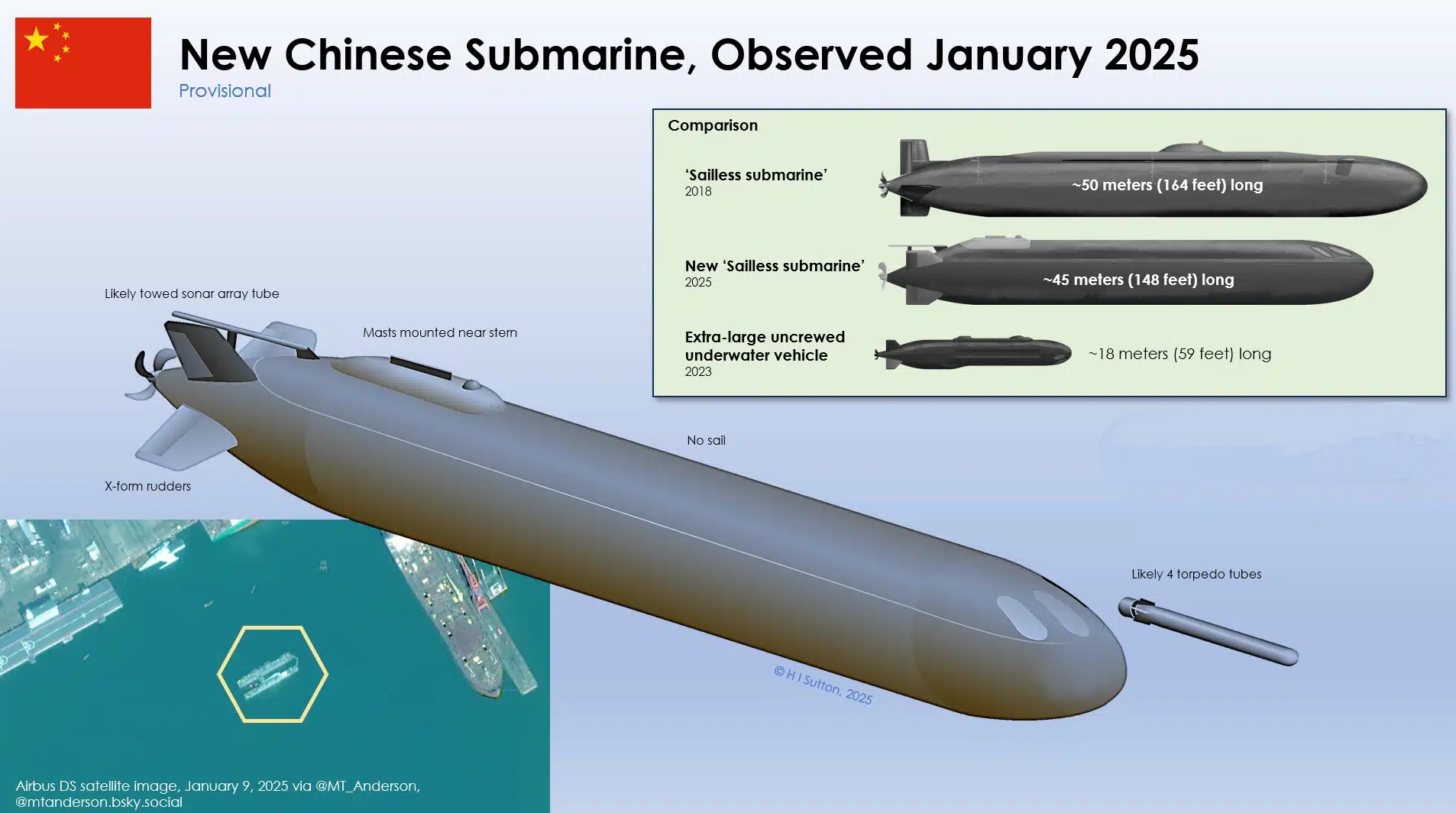Two New Missiles in the Pipeline for Longer-Range U.S Army Fires

Defense News , U.S :- In a strategic move to enhance its long-range precision fires capabilities, the Army is poised to introduce two cutting-edge missile systems by 2024. These innovative weapons aim to overcome distance challenges within the broader framework of the Army modernization program.
One of these advancements is the Precision Strike Missile, abbreviated as PrSM. Capable of covering distances of up to an estimated 300 miles, the PrSM is designed to replace the legacy Army Tactical Missile System (ATACMS), which currently reaches a maximum distance of approximately 190 miles. To more than double this range, the Army initiated a collaboration with Raytheon in February 2023, marking the beginning of the system Increment 4 development.
Addressing the need for speed and extended reach against formidable adversaries like the Russian and Chinese militaries, the Army is banking on the Long Range Hypersonic Weapon—a groundbreaking technology in development. Anticipated to achieve ranges of up to 1,725 miles, as per a 2023 Congressional Research Service report, this hypersonic missile is set to play a pivotal role in the Army arsenal.
A significant milestone for the PrSM was the successful production qualification test conducted on November 13 at White Sands Missile Range. Launched from a High Mobility Artillery Rocket System, the test assessed the projectile performance in terms of flight trajectory, lethality, near-vertical engagement angle, and height of burst, as stated in an Army release. With this successful test, the PrSM has attained "early operational capability," enabling soldiers to begin working with the system in 2024.
In contrast, the development of the hypersonic weapon has encountered challenges. Achieving hypersonic speeds, crucial for evading enemy detection and air defense systems, requires the missiles to travel faster than Mach 5, exceeding 3,836 miles per hour, and maneuver at various altitudes, according to Defense News. Despite delivering the first hypersonic weapon prototype in fiscal year 2021, challenges in developing the Common Hypersonic Glide Body (C-HGB), which includes the weapon warhead, guidance system, cabling, and thermal protection shield, have led to delays. The system is now expected to be fielded in 2024, instead of the initially planned late 2023 fielding.
Army Undersecretary Gabe Camarillo expressed confidence in the program progress, emphasizing that development was on track, although specific details about the canceled test could not be disclosed.
These two missile systems hold pivotal roles in the Army recently established Multi-Domain Task Forces and Strategic Mid-Range Fires battery. The overarching plan involves deploying a Strategic Mid-Range Fires battery within the Strategic Fires Battalion, all overseen by the Multi-Domain Task Forces.
Initiated in 2018 with the establishment of the 1st Multi-Domain Task Force in the U.S. Indo-Pacific Command, followed by the 2nd Multi-Domain Task Force in Europe in 2021 and the 3rd Multi-Domain Task Force in the Pacific in 2022, the Army strategic vision is progressing. The forces saw their first full operational exercise in 2023, marking a significant step forward, as reported by Army Times.



